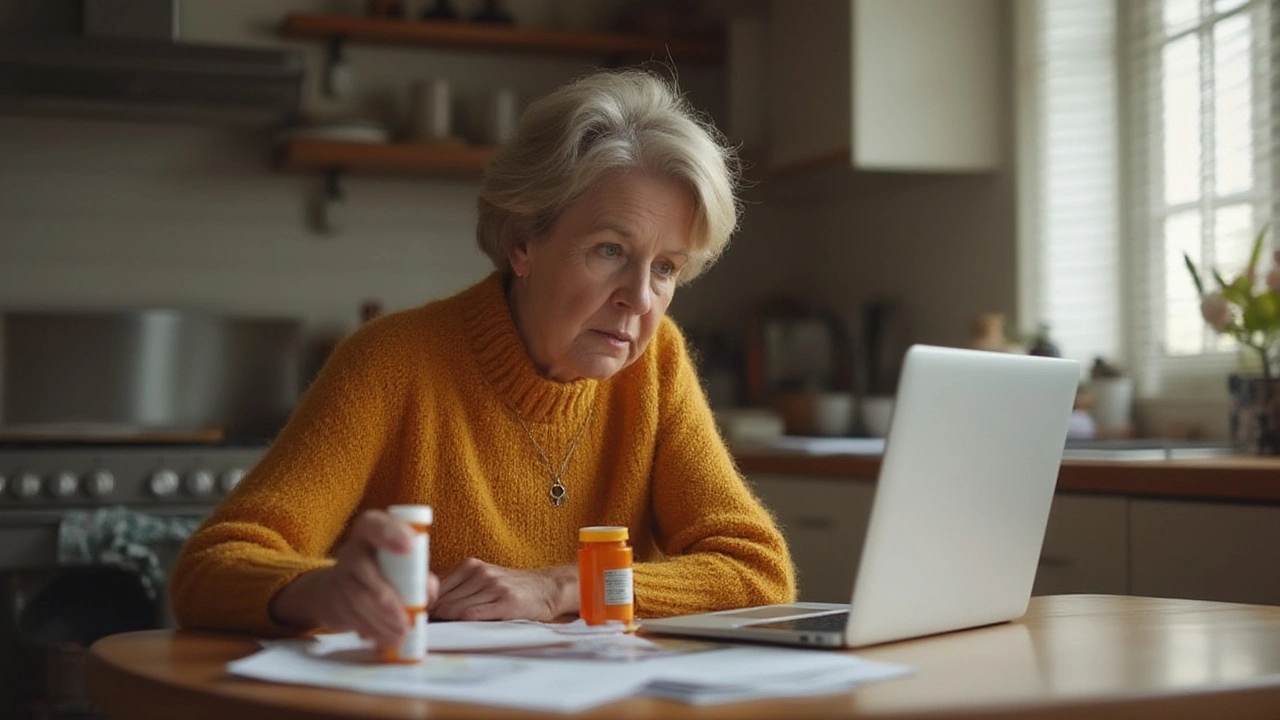Generic Drugs: Straightforward Facts and Tips for Everyday Life
Ever reached for the cheaper medicine at the pharmacy and wondered if it really works? Generic drugs are everywhere, saving people money without sacrificing safety. But what exactly are they, and should you pick them without a second thought?
Generic drugs have the same active ingredients as brand-name medicines, meaning they’re just as effective for most people. The big difference is in the price tag and sometimes the packaging. So, if your pharmacist offers you the generic version of a common antibiotic or allergy pill, it’s because it will do the same job—your wallet just gets a break.
Thinking of self-medicating with an over-the-counter generic? Most of the time, it’s fine for things like headaches or mild allergies. But if a fever drags on, or your symptoms get weird, it’s smarter to see a healthcare pro than to keep popping pills. Self-medicating has clear boundaries, and knowing when to stop is part of being smart about your health.
Traveling can get tricky when it comes to meds. Not every country handles generic drugs the same way, and some medicines you buy at home could be controlled—or even illegal—abroad. Always pack your meds in original packaging and travel with a copy of your prescription. If your regular brand isn’t available in a new country, most pharmacists can help you find the generic, but double-check the active ingredient just to play it safe. No one wants a run-in with customs over a basic painkiller.
Trying to decide between a generic and a brand-name prescription drug? Ask your doctor or pharmacist. Generics go through strict checks by the FDA or similar agencies in other countries for quality and purity. If you notice a difference in side effects, talk about it with your healthcare provider. Sometimes, those inactive ingredients (like fillers or coloring) don’t agree with everyone.
Not all drugs have generics—new medicines are often protected by patents. But once a patent ends, generic versions usually hit the market fast. For school nurses, parents, or students stocking up for allergy season or travel abroad, generics are often the go-to because they’re affordable and readily available.
If your kid is managing an ongoing health issue or you need tips for safely organizing medicines before a trip, making a checklist with both brand and generic names keeps things stress-free. That way, you’re not left guessing in the middle of the night or at a foreign pharmacy counter.
Most pharmacies in the US and other developed countries will flag if there’s a major difference between a generic and the original brand. If the price seems suspiciously low or the packaging looks off, don’t risk it—buy only from trusted sources. Counterfeit meds are a real problem, especially when shopping online or at international street markets.
Takeaway: Generics are a reliable, cost-saving choice for most day-to-day health needs. With a little know-how, you’ll be ready to navigate any pharmacy aisle, whether you’re packing for a vacation, helping your teen with their allergies, or dealing with a new prescription. When in doubt, just ask your pharmacist or doctor. They’ve got your back.

Is it okay to look for cheaper medications? Learn when it's safe to cut prescription costs, smart ways to save, and common pitfalls to avoid with your health at stake.
- Read More